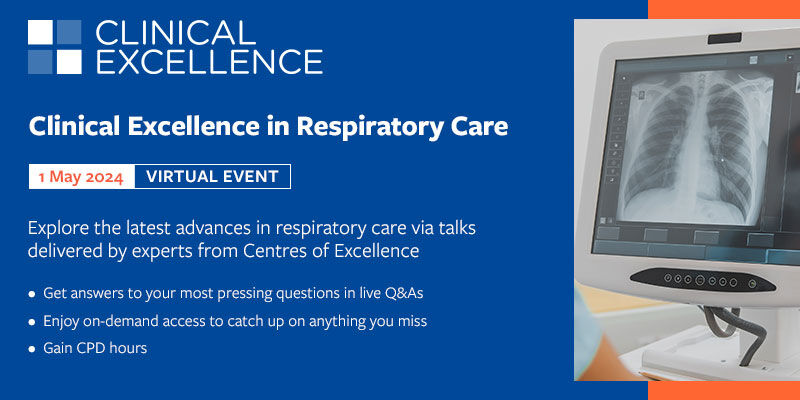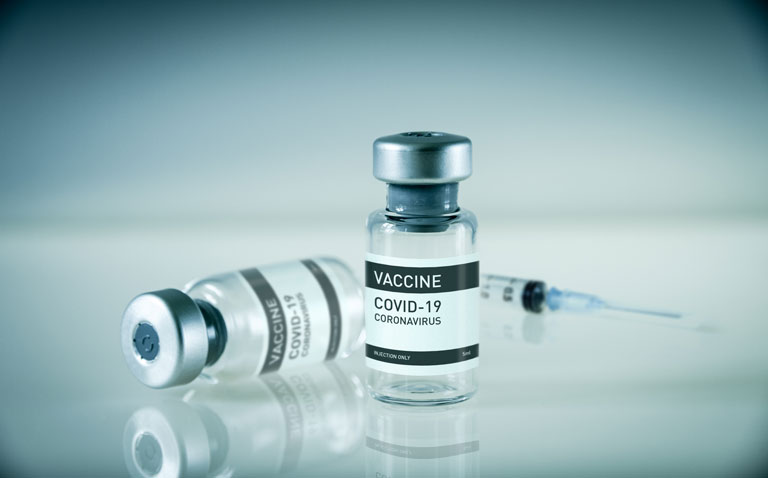A study of breakthrough COVID-19 infections found that less than 1% of all emergency care visits occurred in those fully vaccinated.
The efficacy of currently available COVID-19 vaccines, such as BNT162b, has been clearly demonstrated in clinical trials. Nevertheless, because vaccines are not 100% effective, there are likely to be individuals who experience a breakthrough COVID-19 infection. However, what is less clear is the extent to which these breakthrough infections result in either emergency care (EC) visits or even hospital admission.
In trying to better understand this question, a team from the Department of Emergency Medicine, Beaumont Hospital, Michigan, US, performed an observational cohort analysis comparing the need for EC among those with confirmed COVID-19 infection. The team compared the outcomes for adult patients who were either unvaccinated (UV), partially vaccinated (PV) or fully vaccinated (FV). For the purposes of the study, FV individuals were defined as those who had a positive COVID-19 test result and symptom onset < 14 days after their second vaccination. The team used electronic health records to confirm COVID-19 infection status and collect demographic and clinical data such as co-morbidities. The primary outcome measure was the rate of emergency care/hospitalisation encounters in those testing positive among the three groups. This was defined as the number of newly presenting hospital-based COVID-19 encounters divided by the state population within each respective vaccination group and expressed as a rate per 100,000 visits. The team also calculated weekly rates of COVID-19 EC encounters for each group. Secondary outcomes included severe disease represented as a composite outcome (intensive care admission, mechanical ventilation or in-hospital death), length of hospital stay.
Findings
There was a total of 11,834 EC visits which met the inclusion criteria. Patients had an overall mean age of 53 years (47.2% male) of whom 10,880 (91.9%) were UV, 825 (7%) PV and 129 (1.1%) FV. In terms of the weekly rate of COVID-19 EC encounters, the rate of breakthrough COVID-19 infections among FV individuals was 96% lower compared with the UV group. COVID-19 EC visits peaked at 22.61, 12.88 and 1.29 visits per 100,000 for those who were UV, PV and FV respectively.

The composite secondary outcome of severe disease occurred in 6.8% of the UV, 10.3% of the PV and 12.4% of the FV group. While those who were FV had a lower risk of severe disease compared to the UV group, this difference was not significant (hazard ratio, HR = 0.84, 95% CI 0.52–1.38) and the mean age of those with severe disease was 74.1 years. Among the PV group, the risk was either higher or lower (HR = 1.03, 95% CI 0.78–1.35).
The authors concluded that while breakthrough COVID-19 infections occurred in fully vaccinated individuals, these were rare, accounting for only 1% of all COVID-19-related EC visits. Nevertheless, when admission to hospital was required for those who were fully vaccinated, the risk of severe outcomes was similar to those who were unvaccinated.
Citation
Bahl A et al. Vaccination reduces need for emergency care in breakthrough COVID-19 infections: A multicenter cohort study. The Lancet Regional Health Americas 2021









